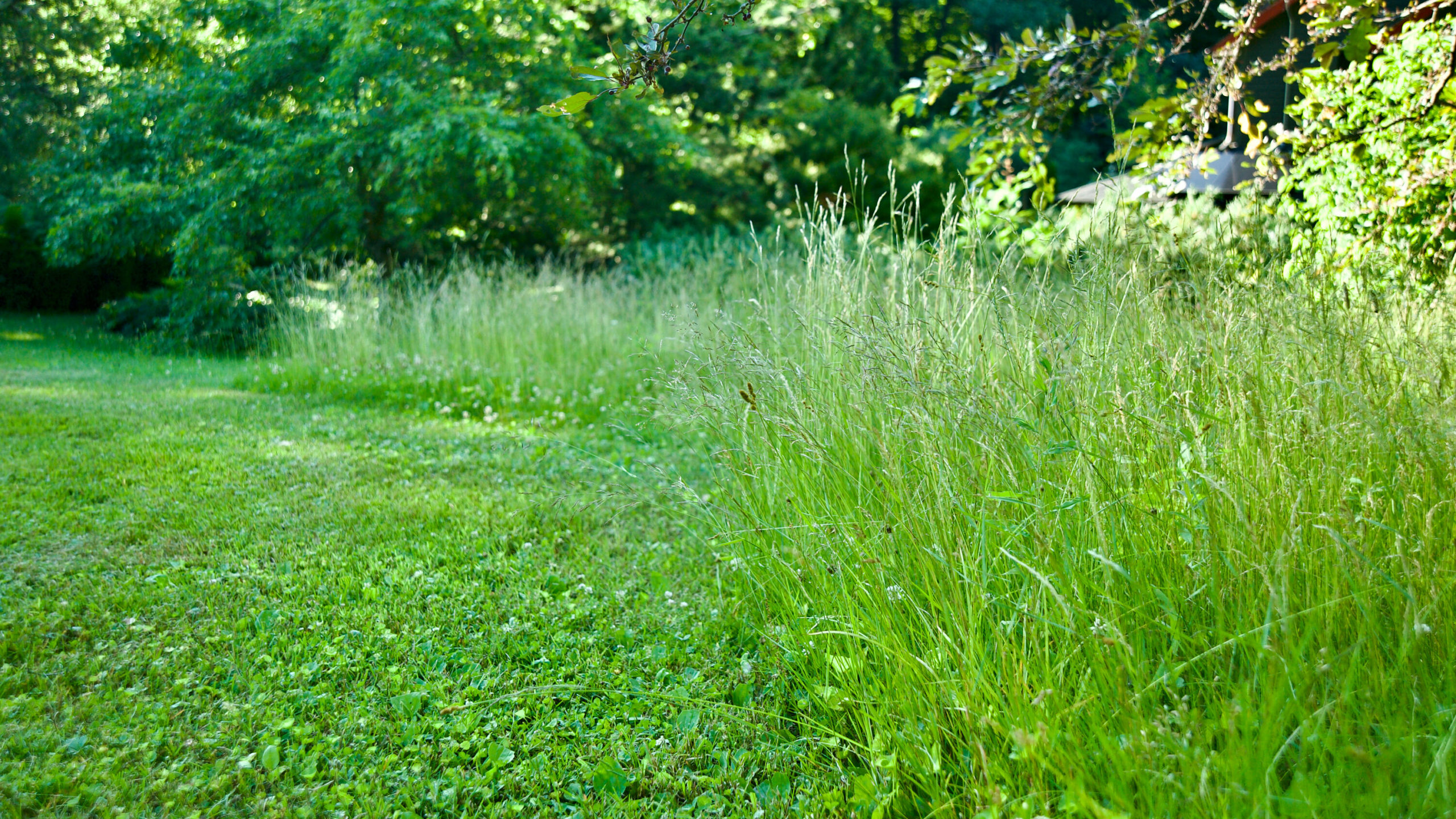5 Ways To Care For Your Grass During Winter
Earth’s tilt and the sun’s alignment over the equator determine both the solstices and equinoxes. Even though there is an official start to winter, your lawn may put itself to sleep before that date. Dormancy is essentially the lawn going to sleep. To conserve nutrients and water, it shuts down and goes brown for the winter season. During this period there are a few ways you can care for your lawn. Just as you would tuck your children in to bed, you can also say goodnight to your grass. Here are five ways you can say goodnight to your grass.
- Clean Up The lawn
Before the frost sets in, clean your lawn of leaves and debris. Even though you can rake away the dead grass, it will not stimulate growth. If you rake, use a lifting – not dragging- motion. This will avoid ripping out the dormant grass and be less stressful on your arms and back. If you hire a lawn care professional, they will use a blower, which allows for a neat and tidy look, clearing all debris and dead grass in one swoop. Keep in mind that clearing dead grass will not stimulate growth. If the grass is completely dead to the roots, it cannot produce new growth, so the bare patch will need to be prepared for reseeding or laying new sod.
2. Cut The Lawn
Your grass should be cut to possibly the shortest height it has been cut all season. The ideal height is around 2 ½ inches. If you cut it too low the grass may not be long enough to photosynthesize and provide nutrients to the roots, but too high and the frost might become matted after a snow fall.
3. Fertilize
It is often beneficial to add a natural fertilizer to help ensure that your grass will be green, and lush come spring. If you did not fertilize at the end of summer, go ahead and do it before winter comes. Use a good organic fertilizer with no phosphates.
4. Reseed Dead Patches
Grass seed can survive the winter, and planting during the winter season is known as dormant seeding. The seed will just lay dormant since low temperatures prevent the seed from germinating until the soil starts to warm in spring. While this comes with risks, it can also be beneficial and save you time on seeding in spring.
5. Reduce your irrigation practices
Your grass does not need as much water in fall or winter. If you are in a cool climate, you should stop watering altogether as the temperature dips. You do not want it to freeze on your grass if the temperature suddenly drops below 32 degrees Fahrenheit.
Taking these appropriate steps may seem challenging and time consuming, but in the end your plants are worth it. As a homeowner with various demands, your time and expertise are limited. You may consider hiring a reputable lawn maintenance company such as Greenskeeper Landscaping to assist with an end of season clean up.







